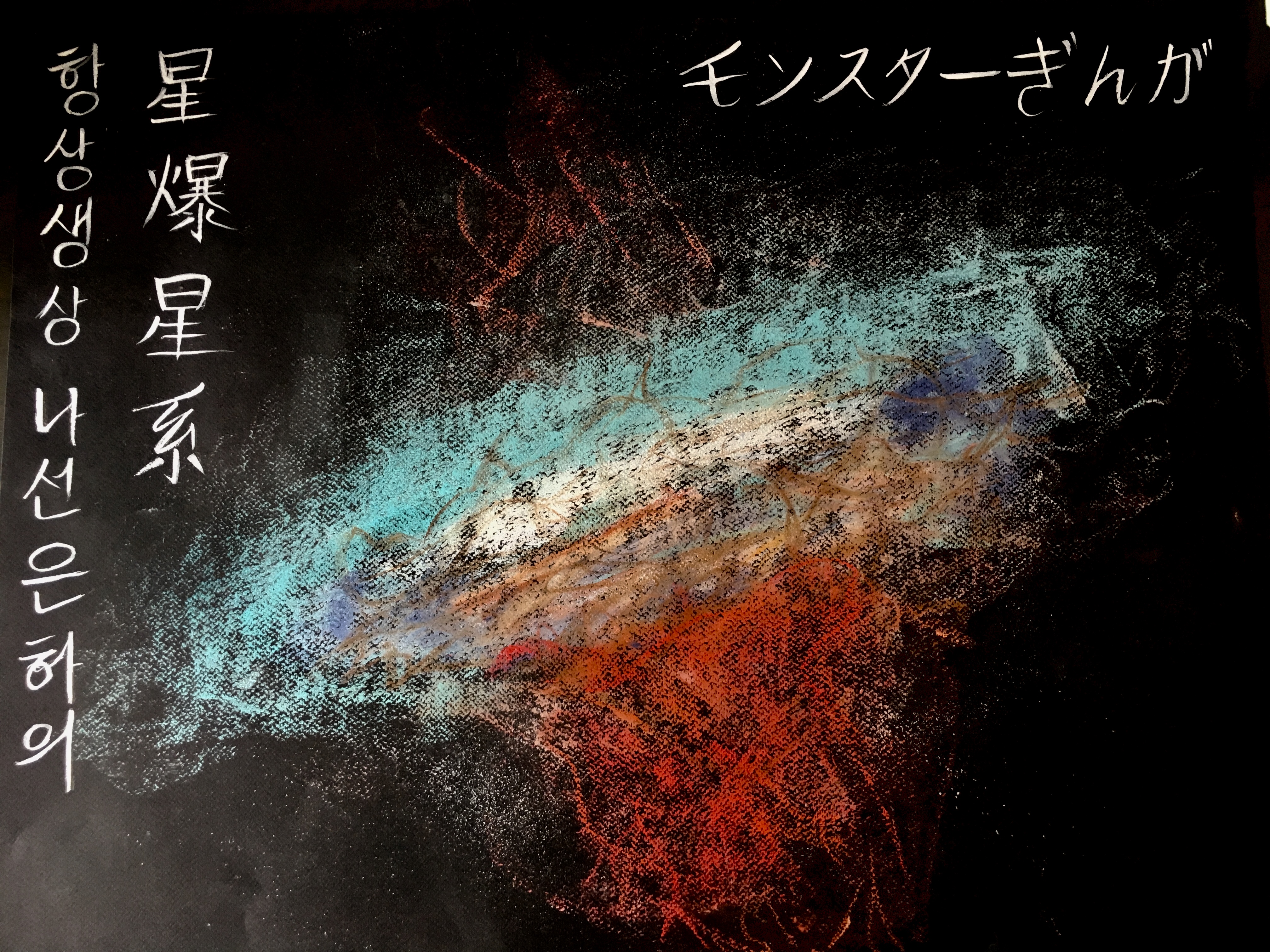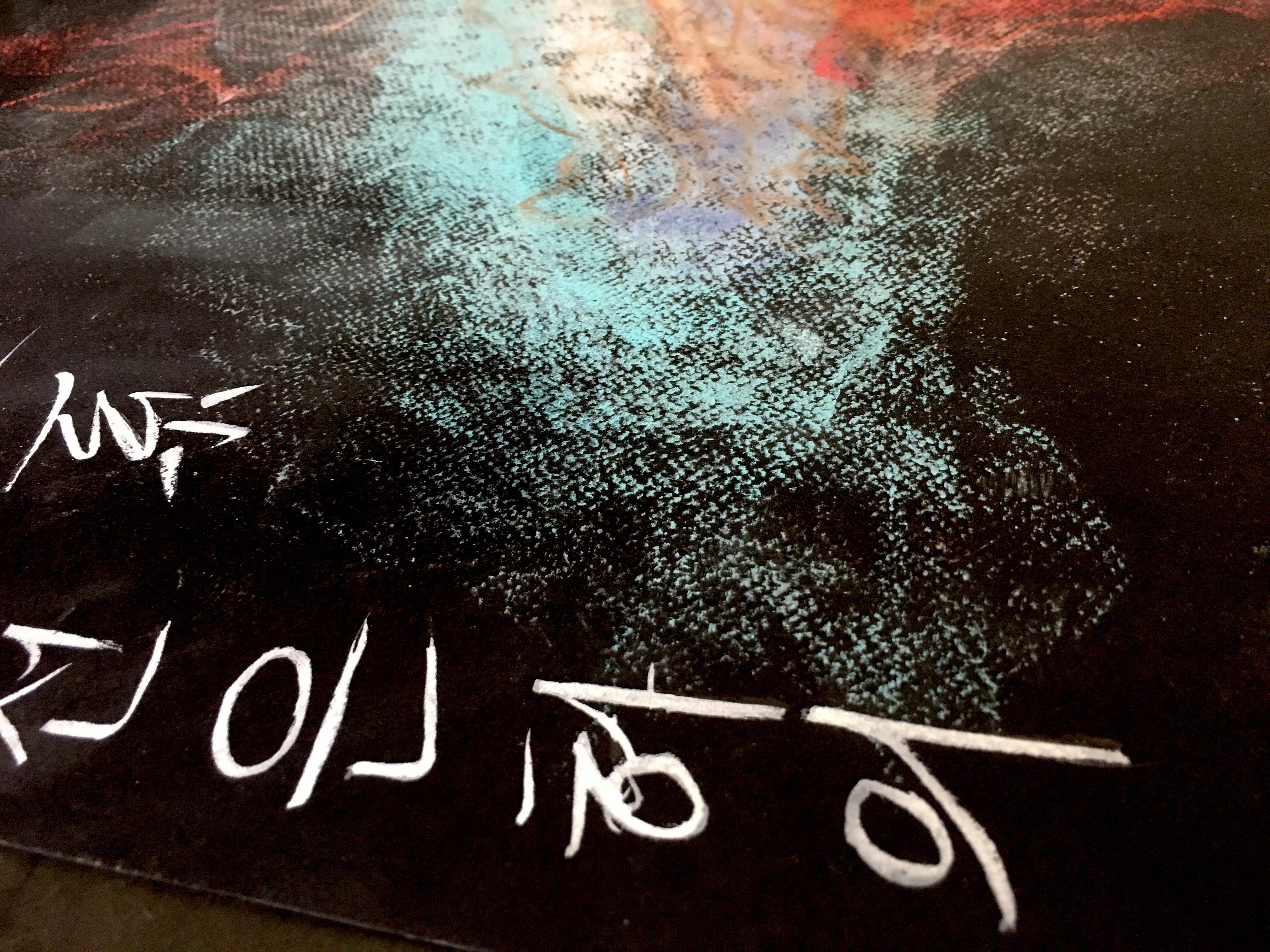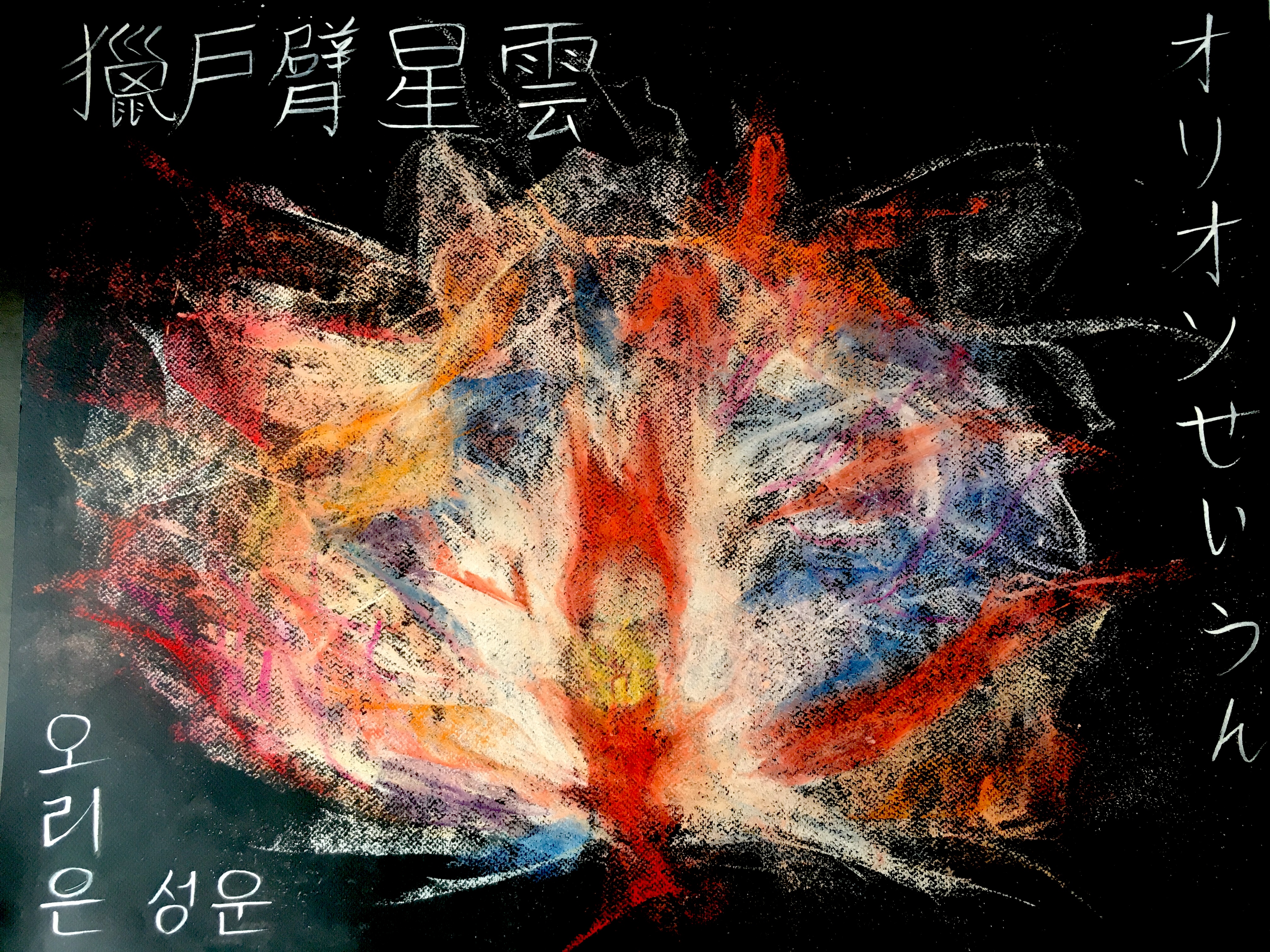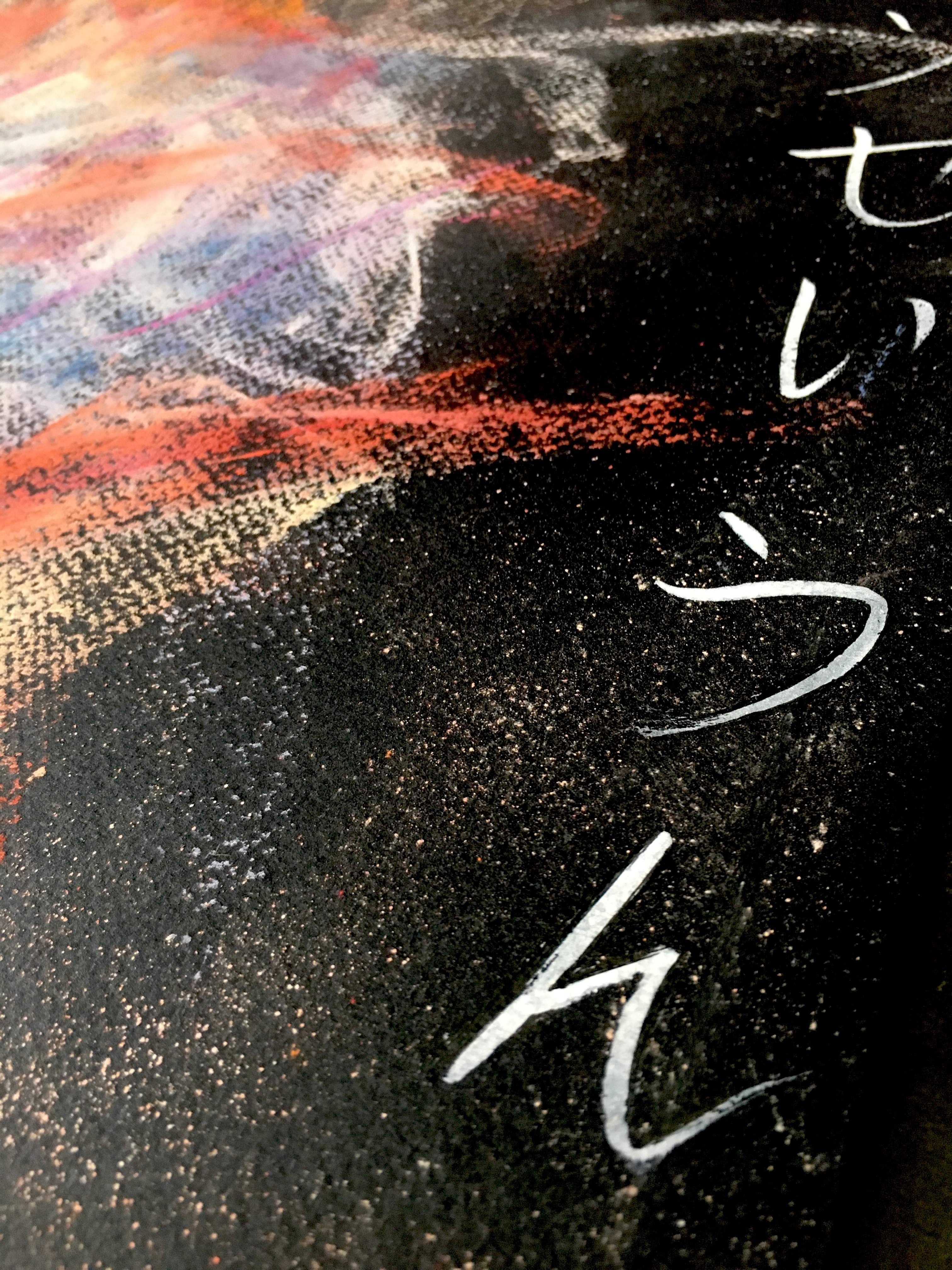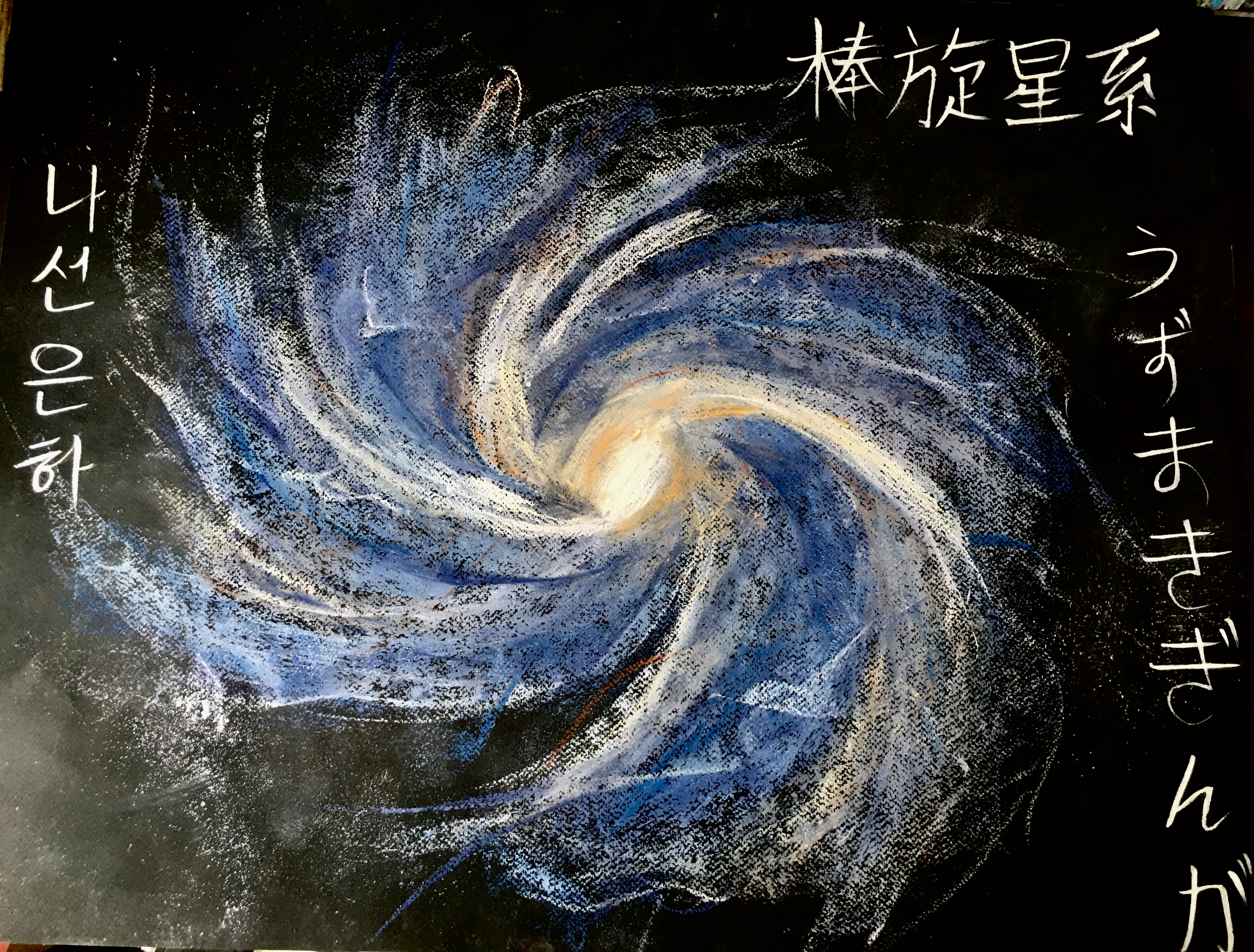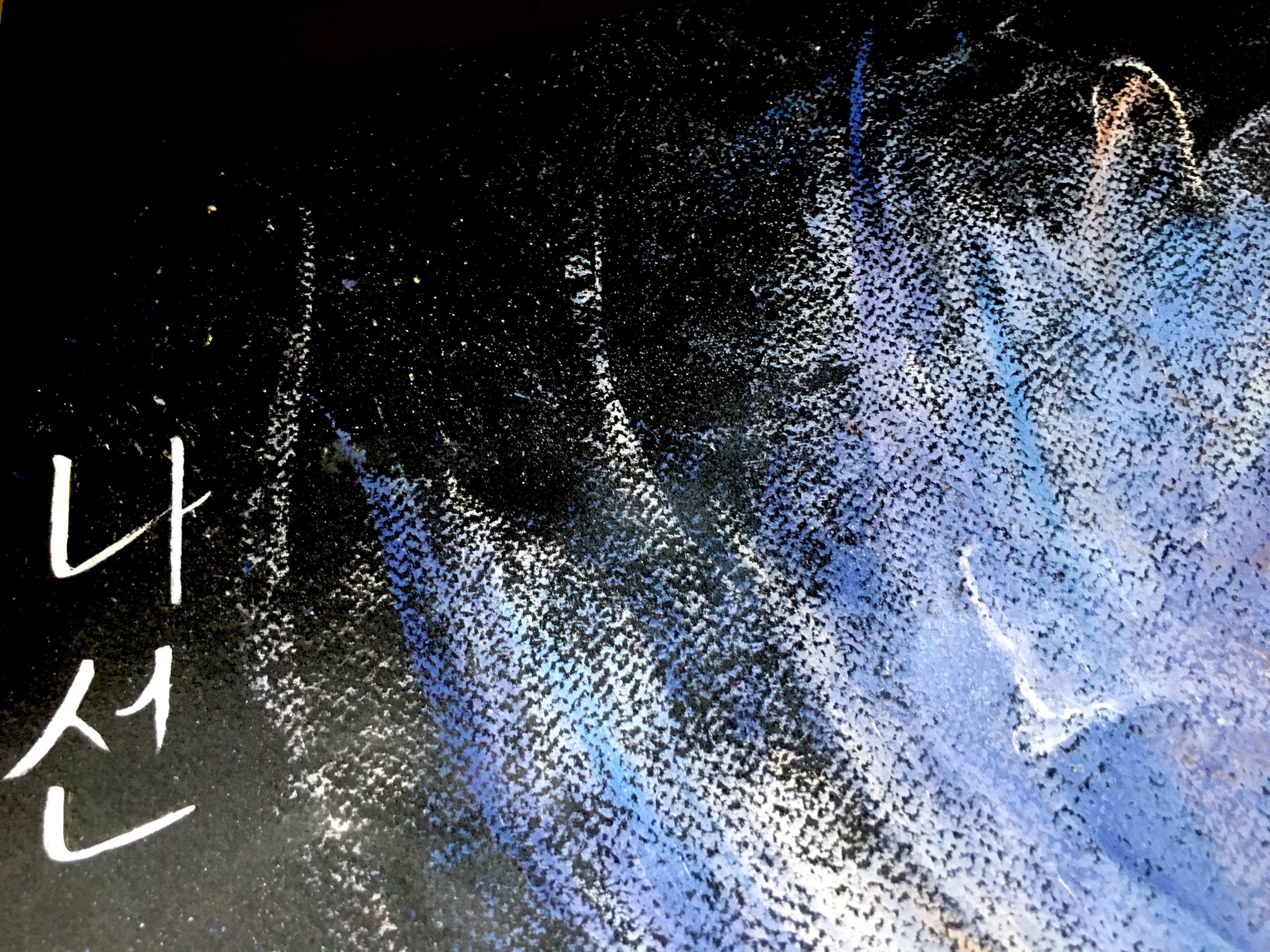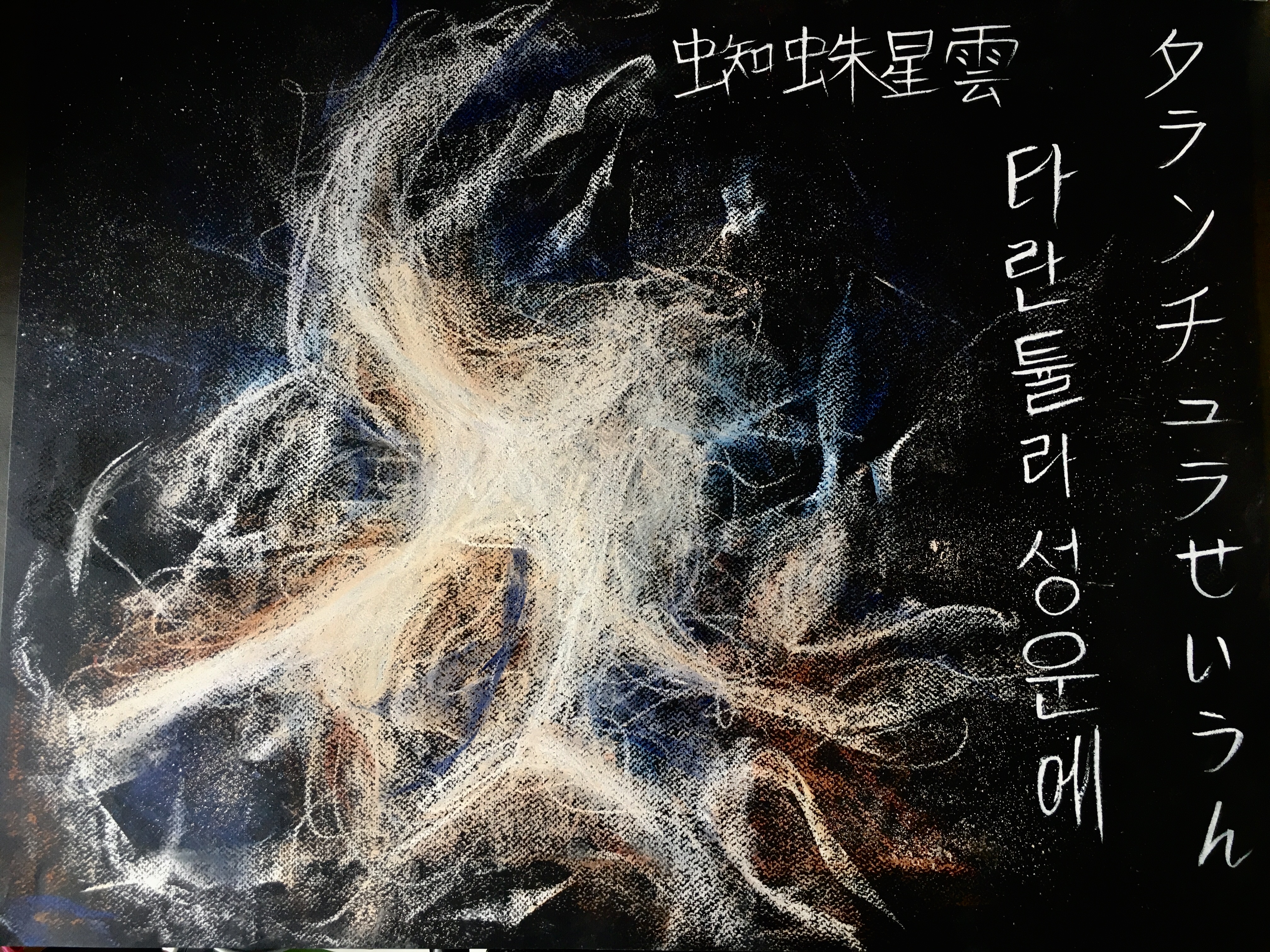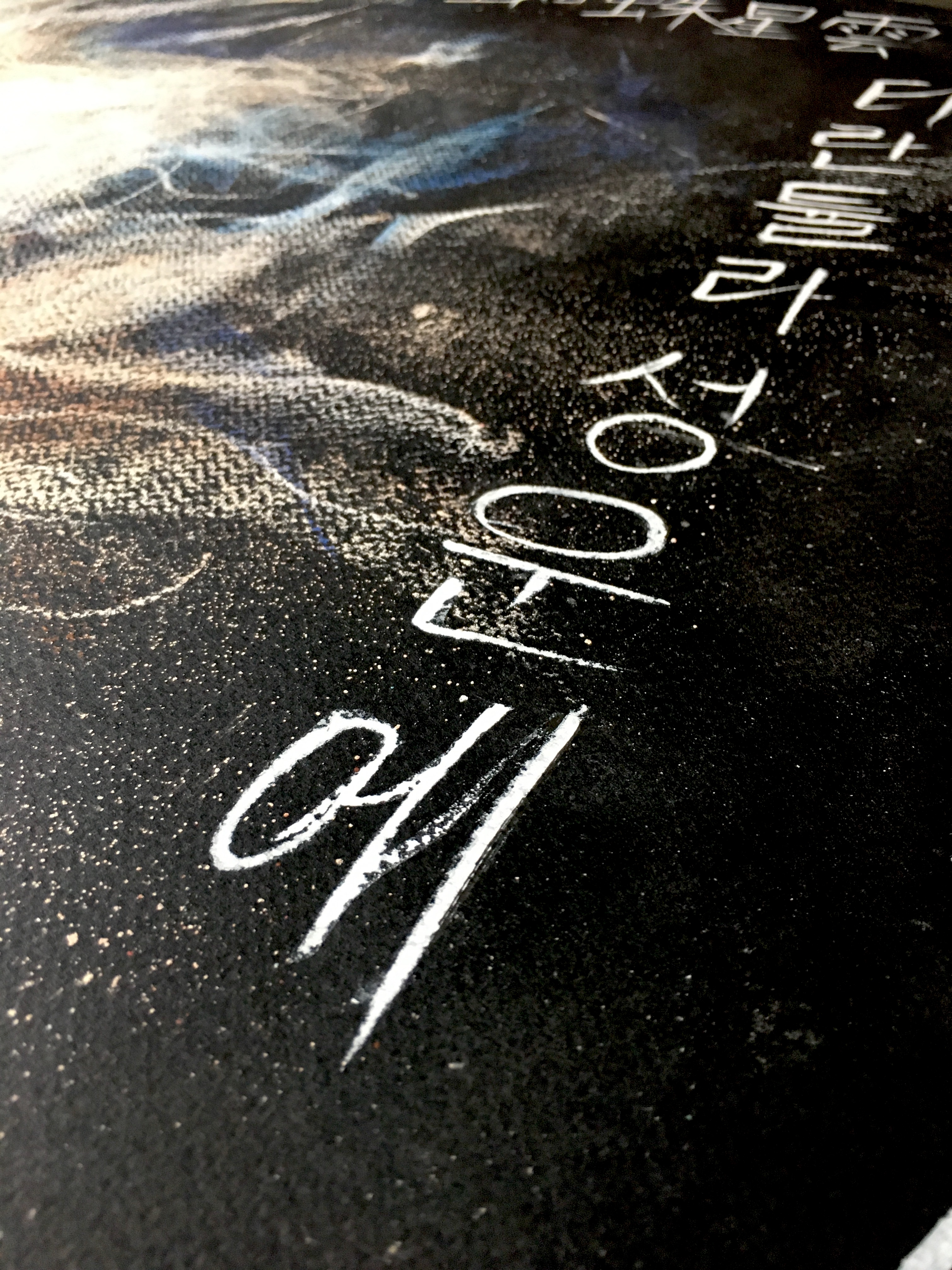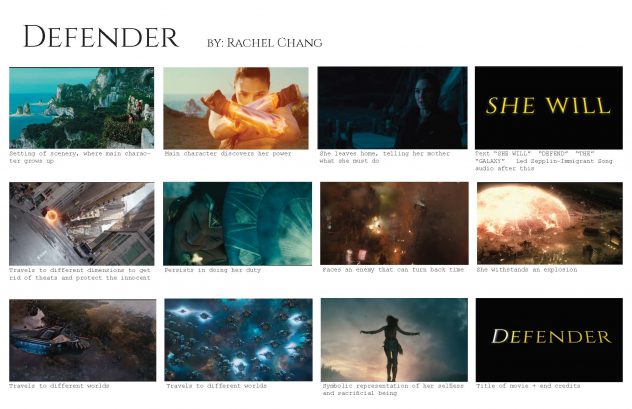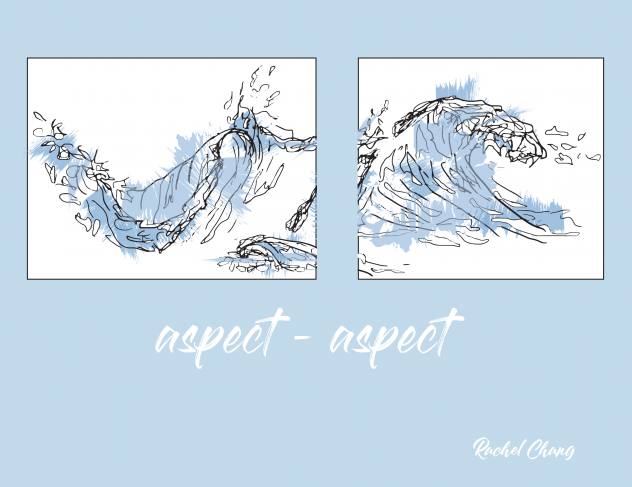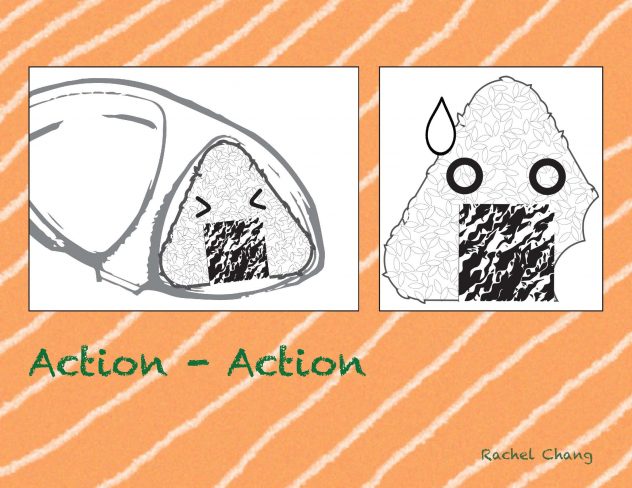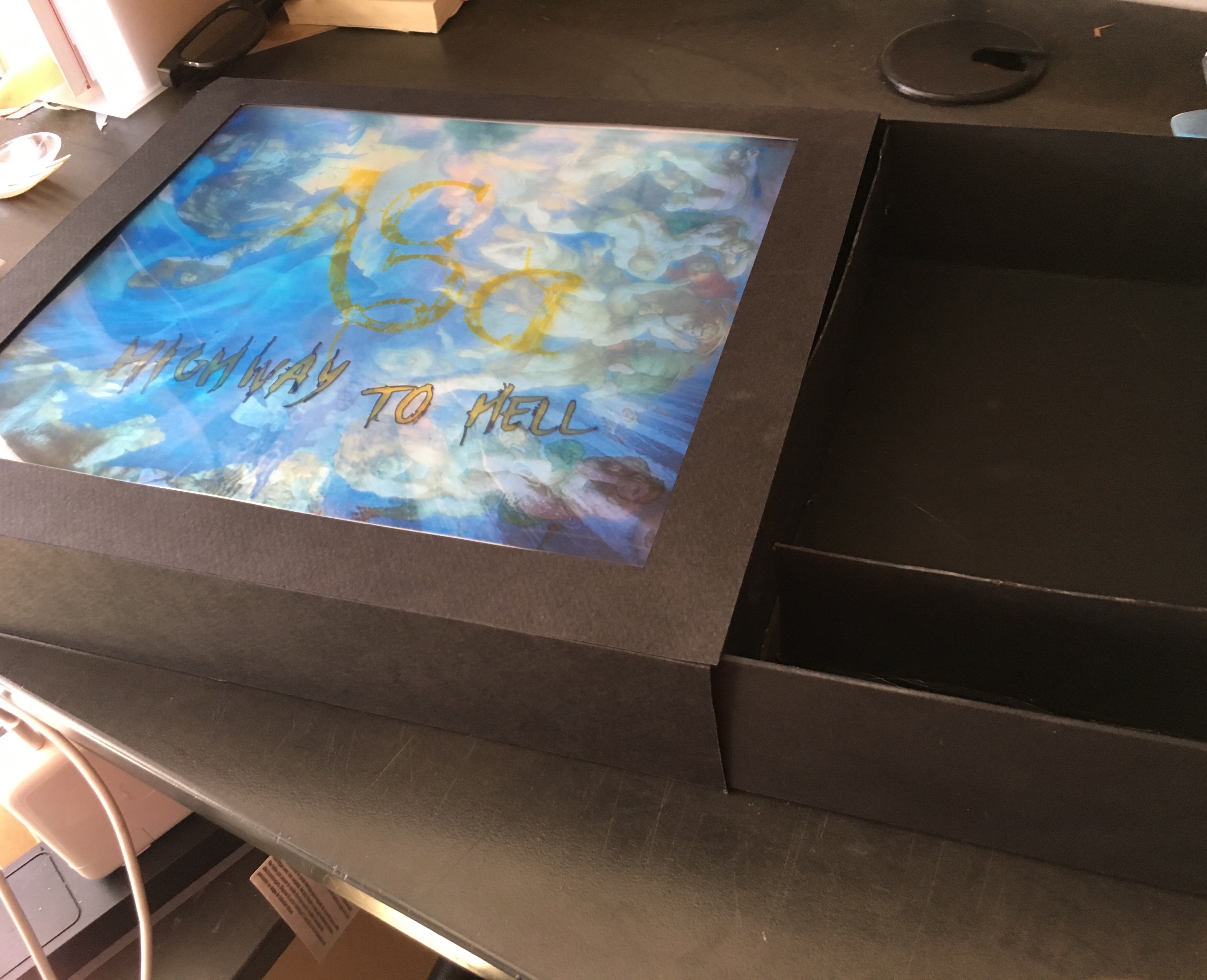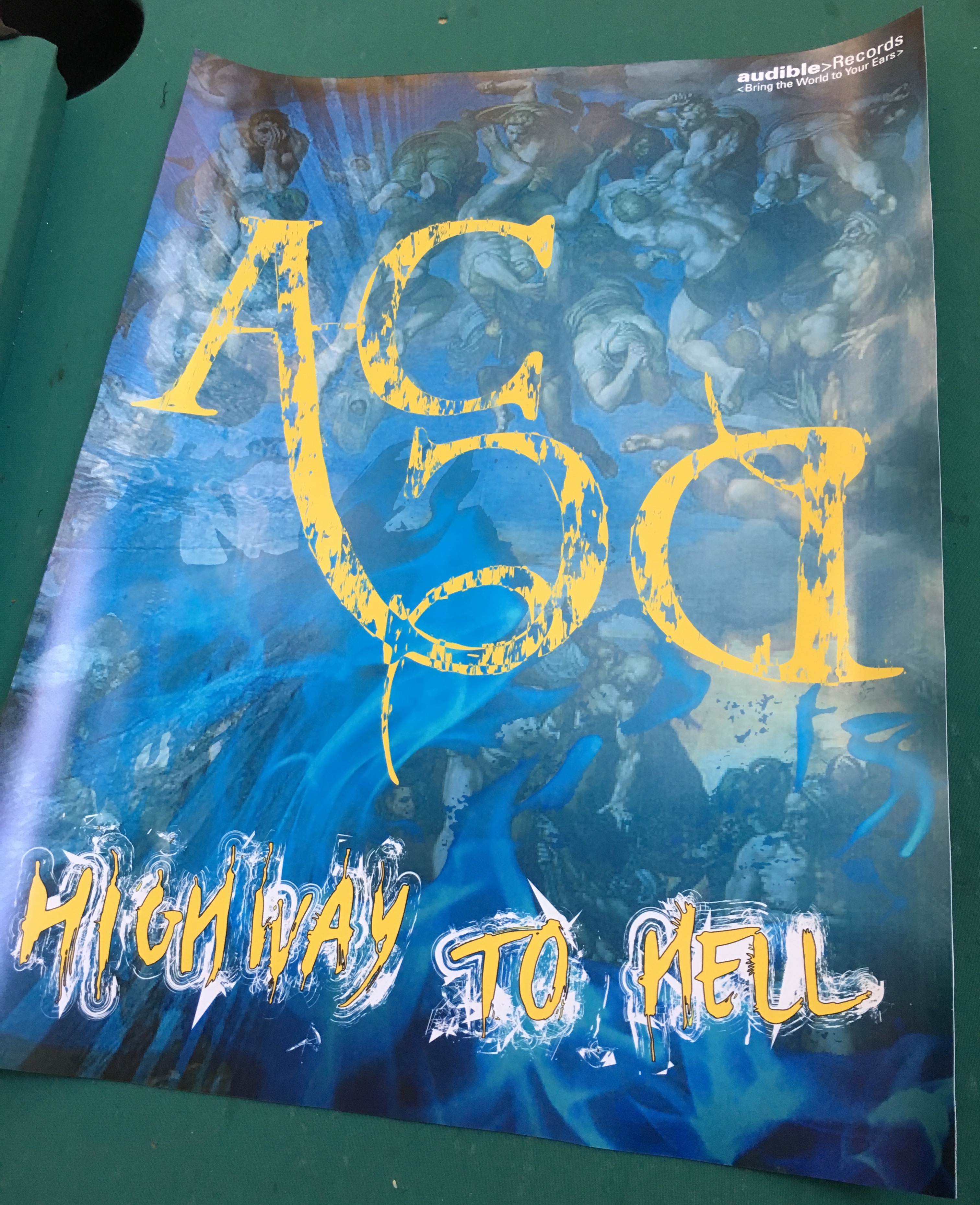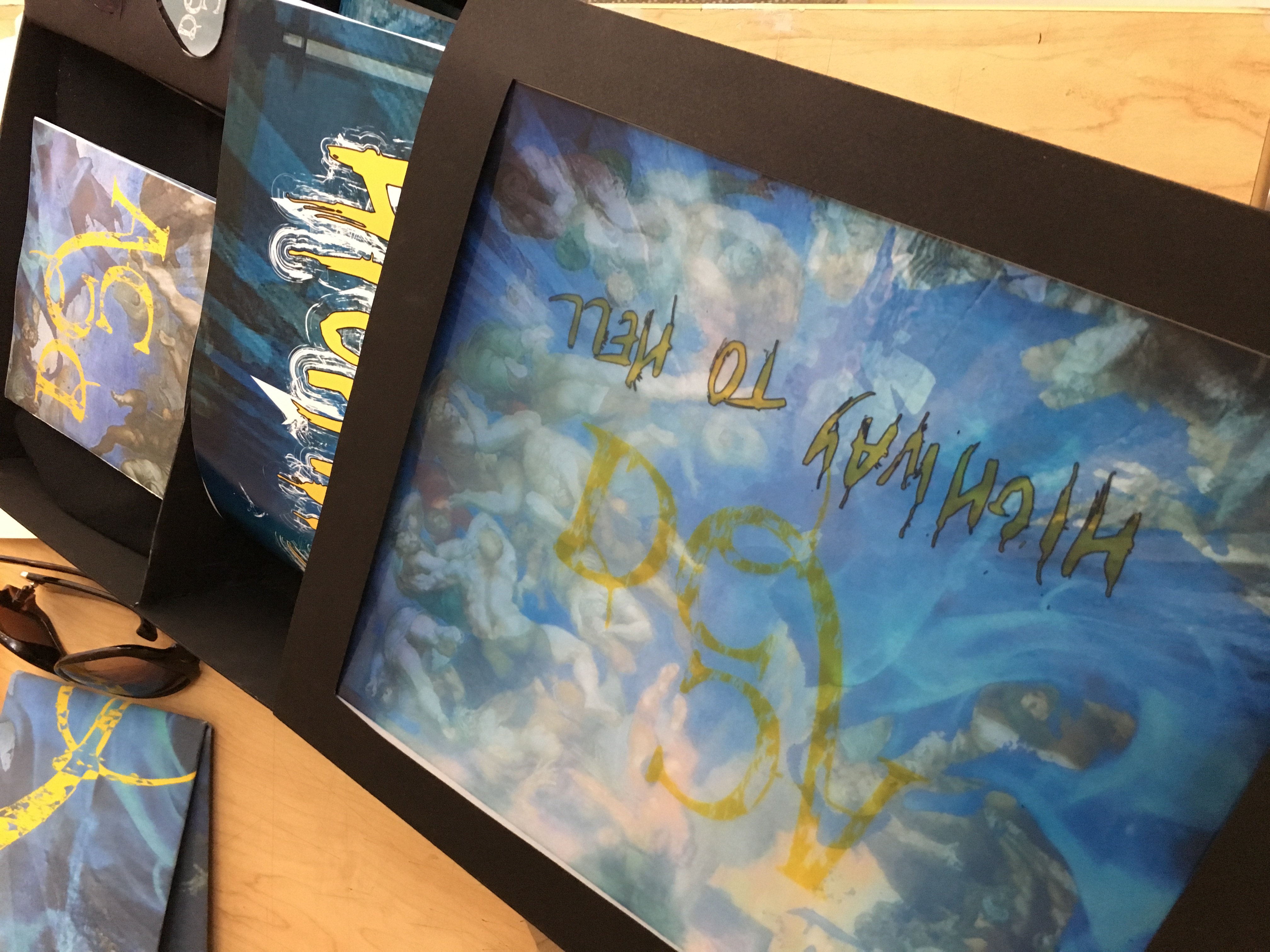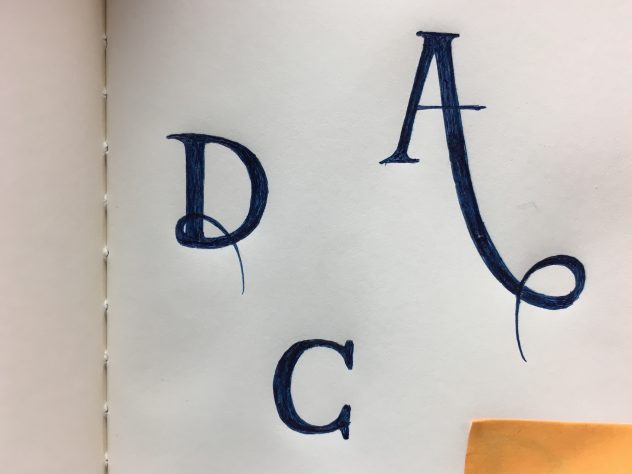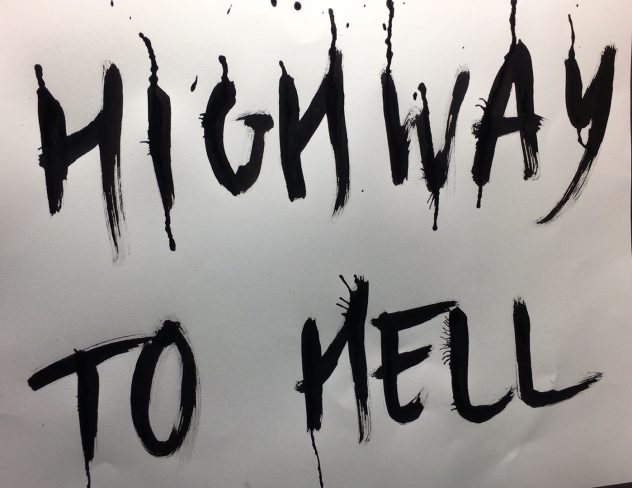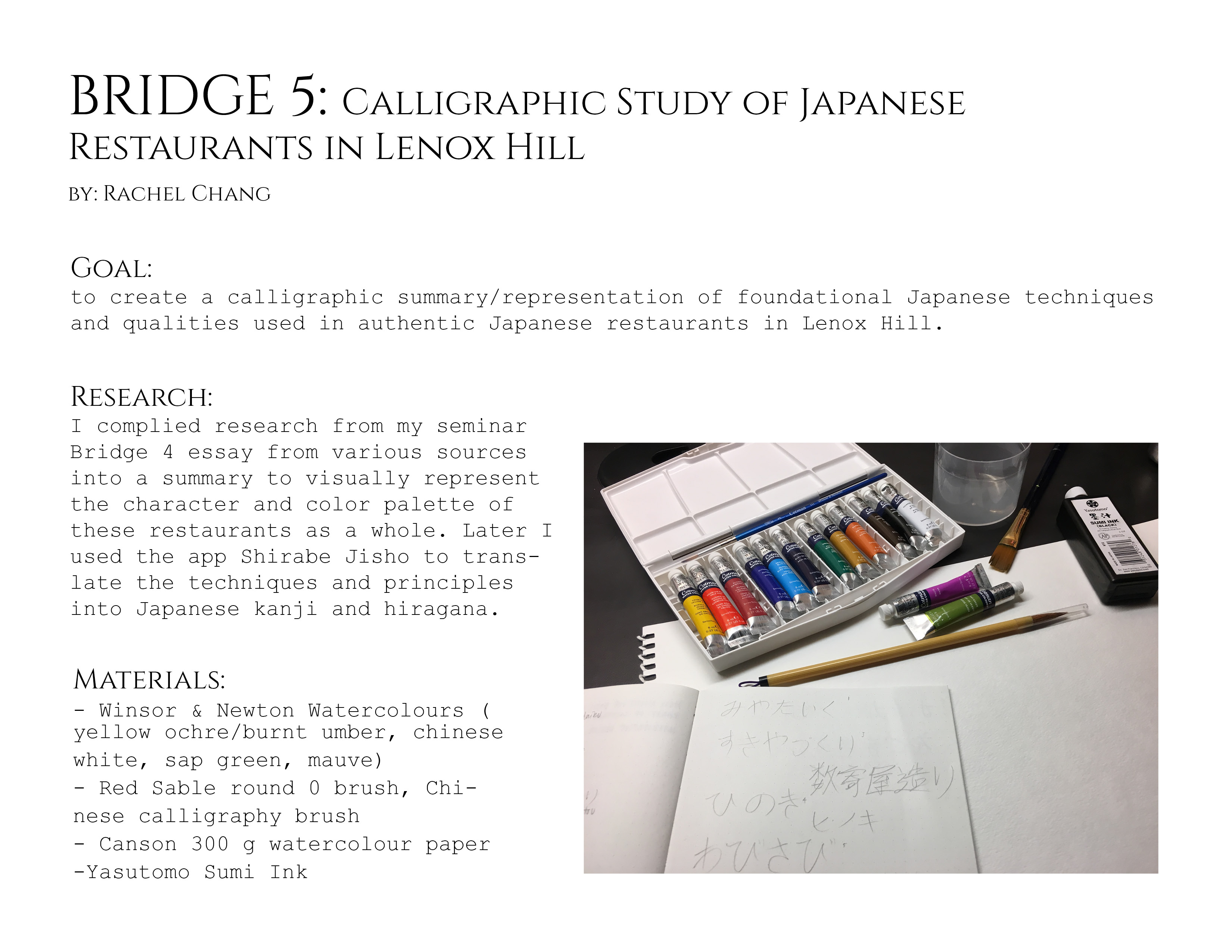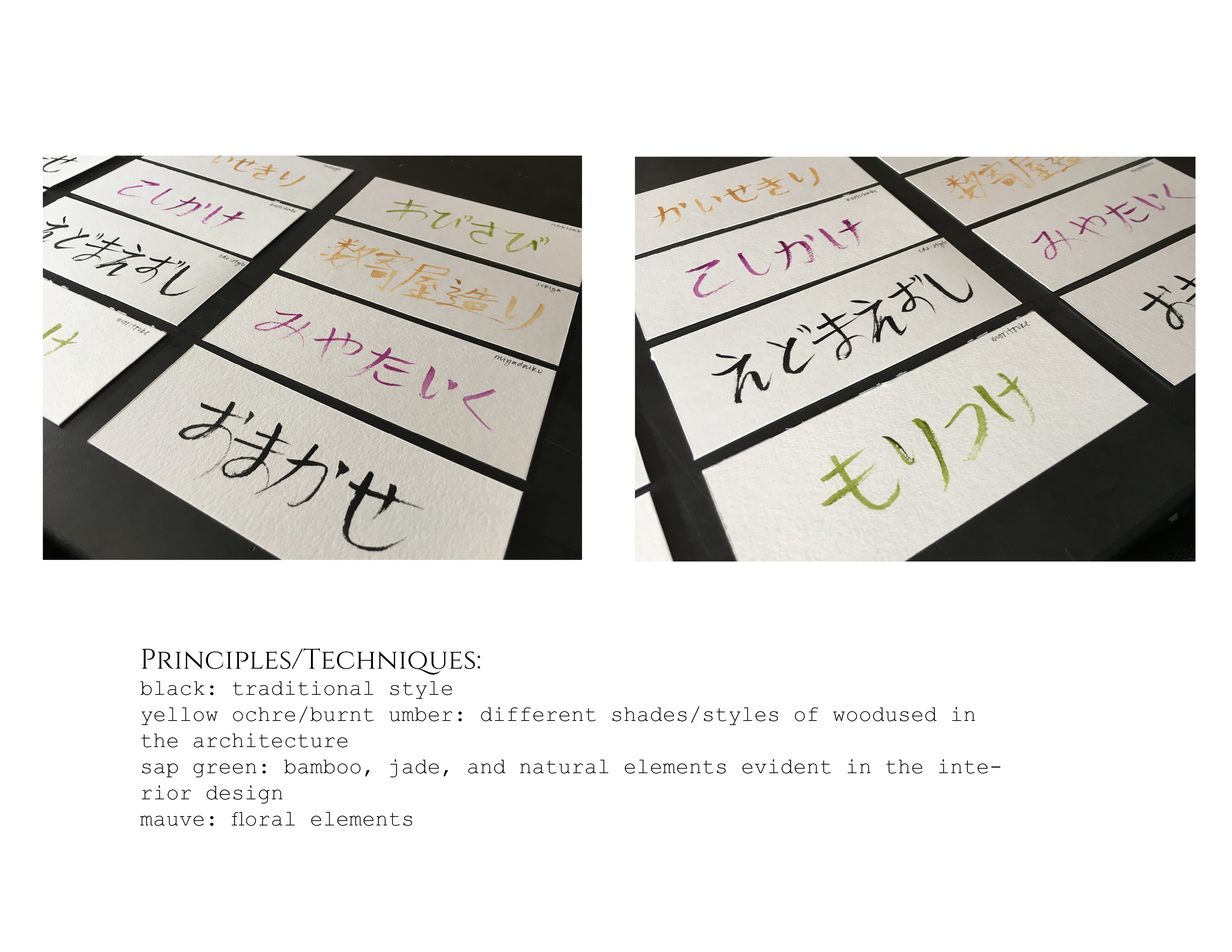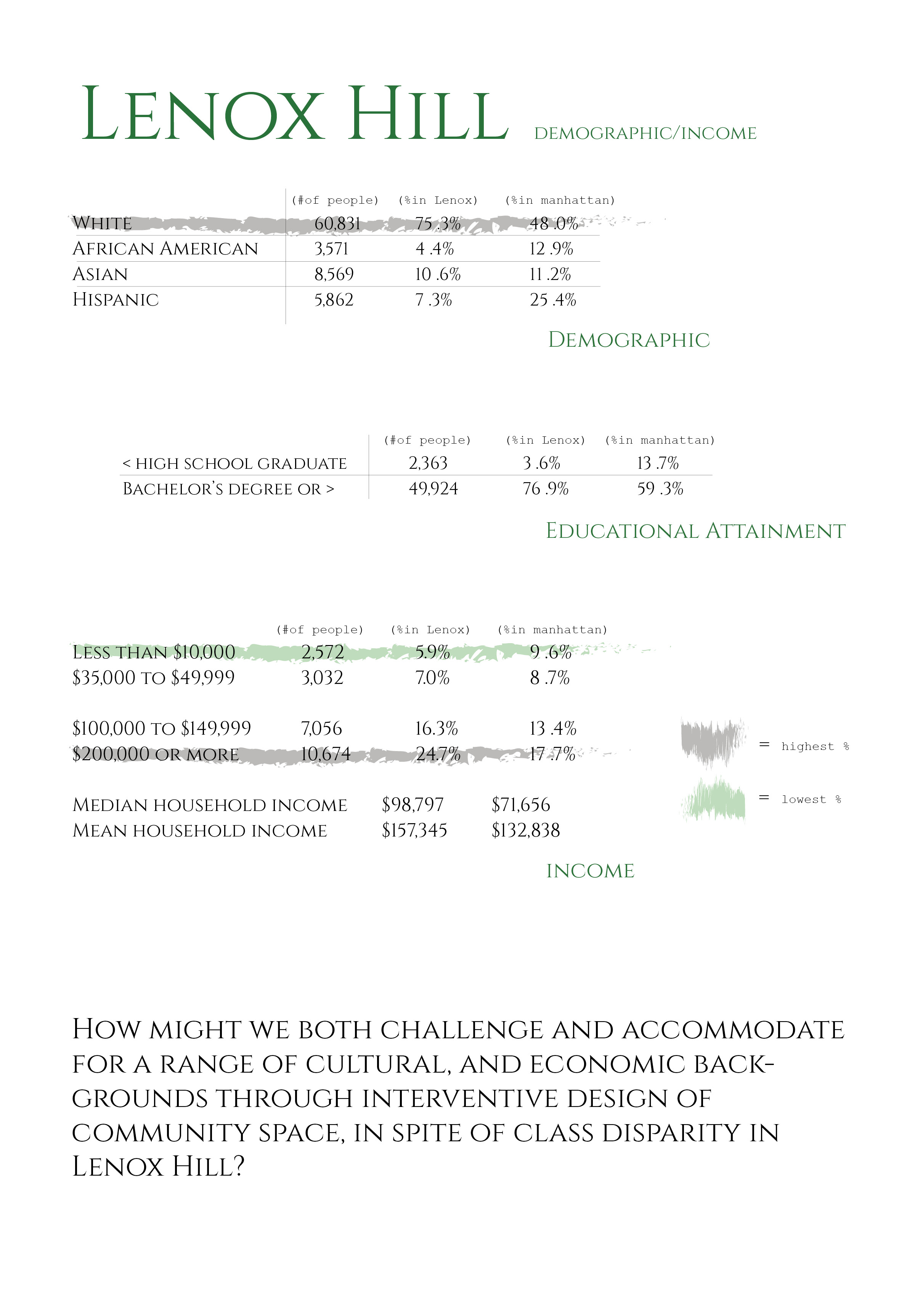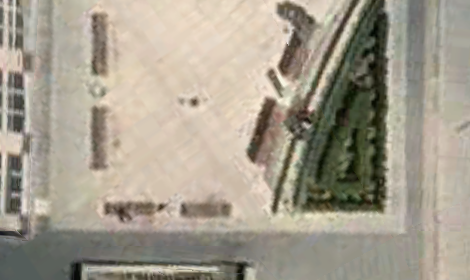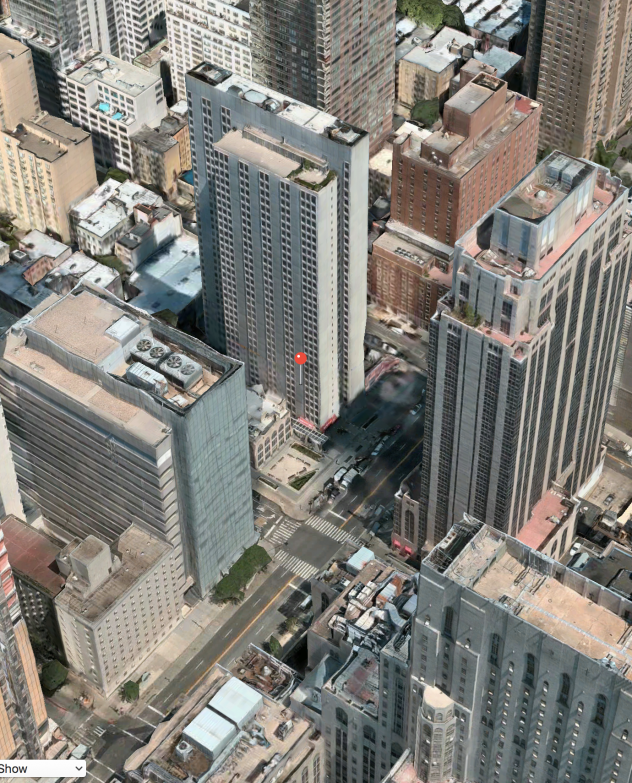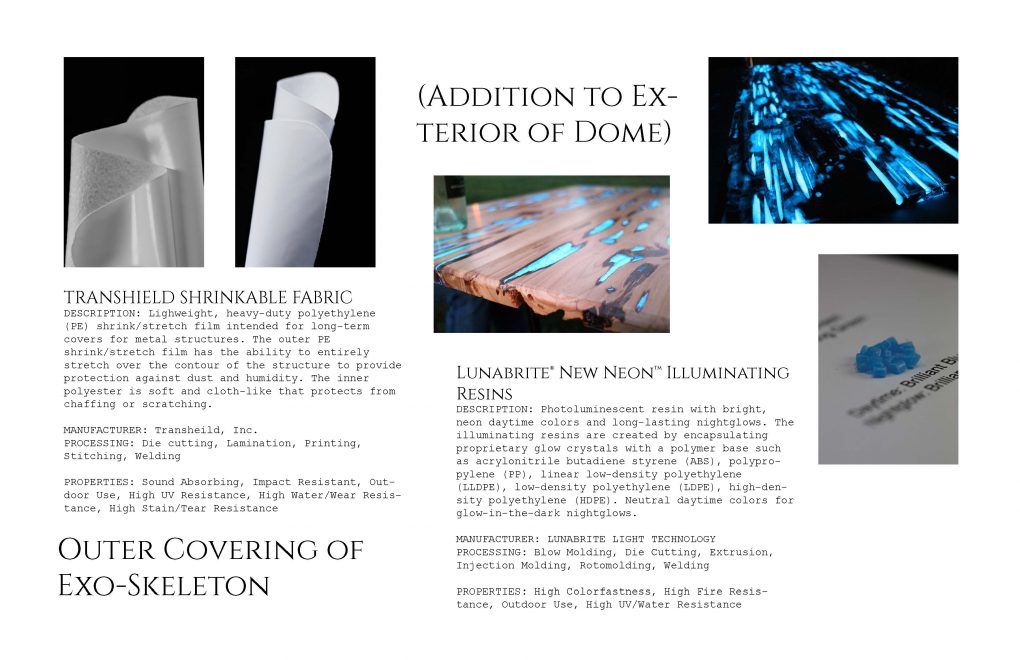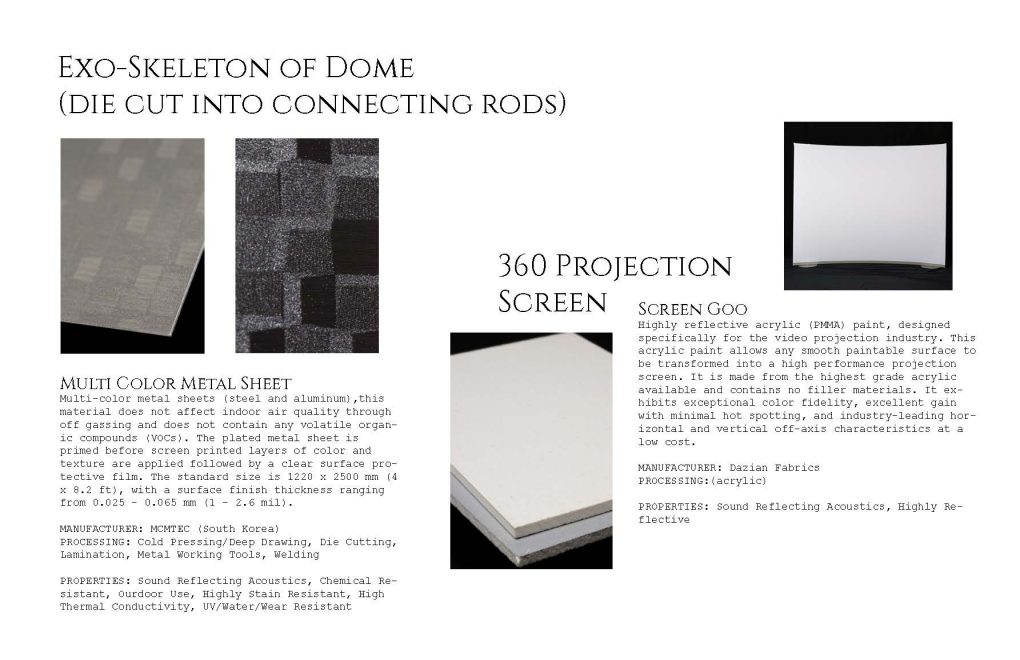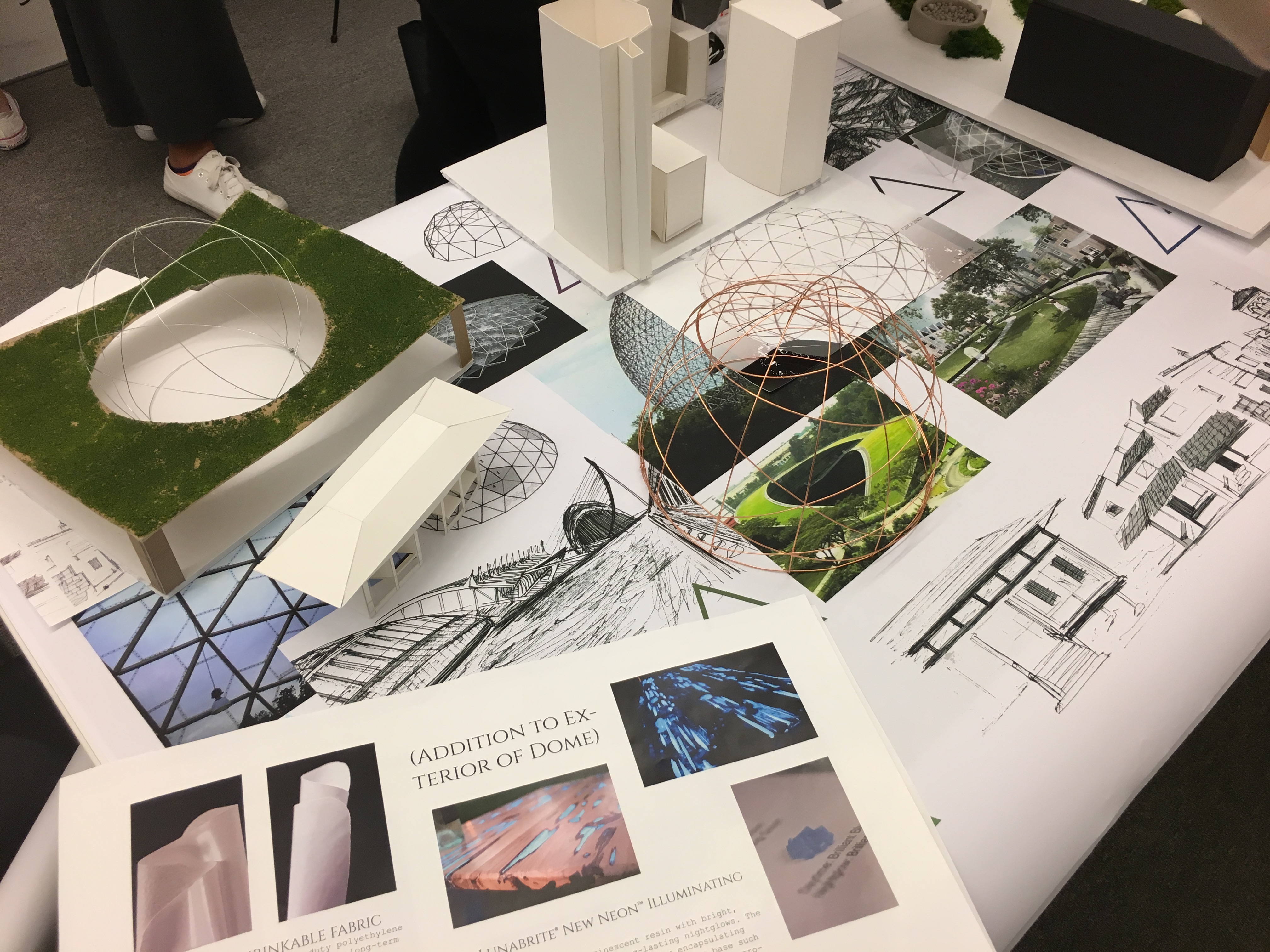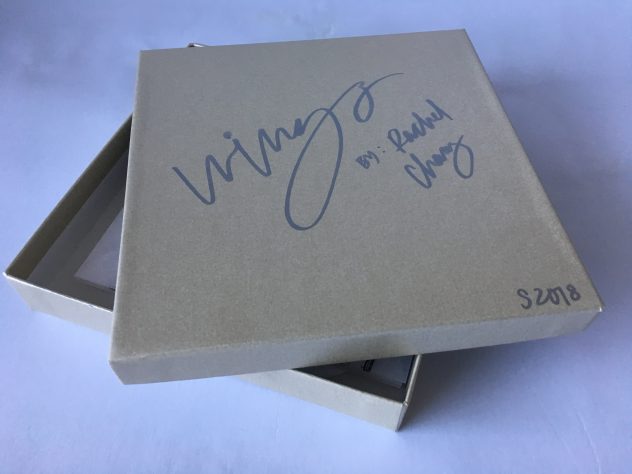

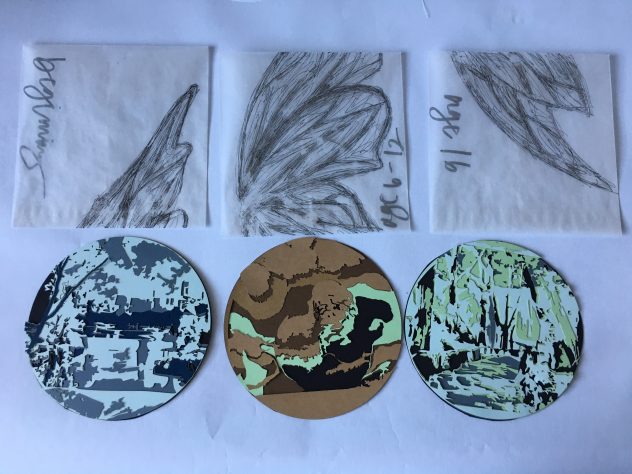
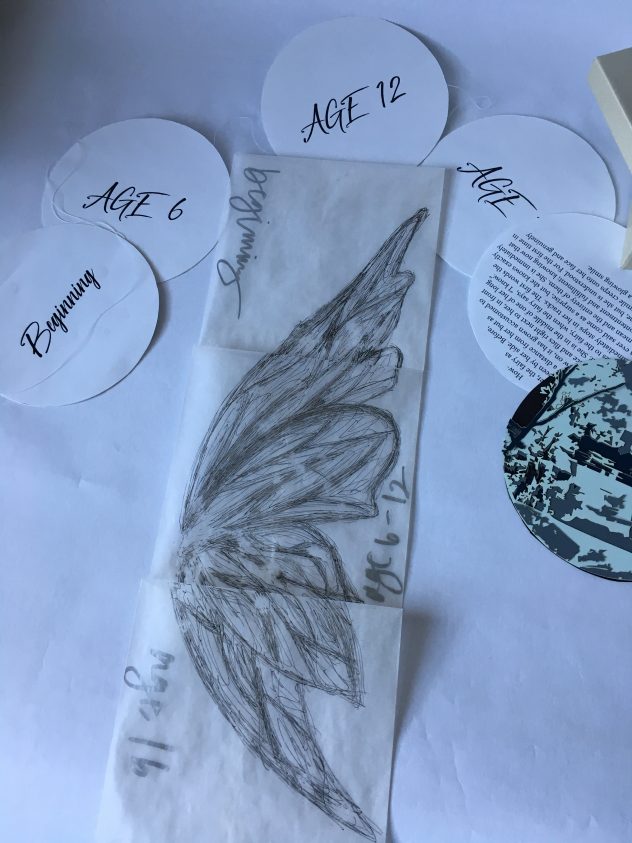

PROCESS: Each circle piece (3) consists of 4 layers of colored paper on top of other to create a single scene, they were laser cut. Each piece is placed in a glassine envelope with a part of a drawn wing on it. When put together vertically they create one full wing (hence the title of the book, “Wings.” Each envelope also has a time label on it, “beginning,” “age 6,” and lastly “age 16.” These also correspond to the line of circle panels that are labeled with the same times; if you flip them, they have the story on them.
STORY: To the average human eye, one would mistake them for delicate-winged butterflies. Thus, they could go to and fro as they pleased, freely and without worry. For if they were perhaps mistaken for a moth or fly, they would be swatted away. They were a whole village of tiny fairies, living in the heart of Central Park, the Ramble and Lake. Despite being small, they made it their duty to serve as guardian angels to the people that visited. In the fairy village, each fairy was assigned a particular family; these families made visiting the park part of their weekly routine. The fairies sought to protect their family and be like their guardian angel: interceding if needed, but never fully disturbing the balance of time. For years could pass without the fairies noticing, they were immortal after all. They always found human’s mortality and short lives fascinating and subject to observation. This is the story of a girl named Rose and the fairy that watched over her.
AGE 6
Rose and her parents are walking around the lake on the trail, the sun is peeking out through the leaves of the tree branches. Her arms are raised up by her parents, each holding one of her hands. Rose keeps bumping into them without noticing because her head is down, her little feet following the acorn that has been rolling around on the ground below. Her parents gently warn her to be careful. The fairy, smiling, moves her finger slightly to the left and the acorn suddenly changes its winding course, now directly rolling directly straight in front of Rose. After a few moments however, her attention has shifted to elsewhere. Her head is now pointed directly up, chin in the air; she is looking in awe at the light-illuminated leaves from the trees overhead that line the pathway they walk on. The fairy, noticing, moves her arm to the right and brings in a light gust of wind to slightly move the branches of the trees. Rose is delighted. She is always looking around, mesmerized by nature’s details. She lives in moments: never looking straight ahead, her eyes always darting from one place to another.
AGE 12
Rose is now in 7th grade, and she is not the typical middle school girl trying to grow up faster. All the other girls her age are wearing cut-off clothing, makeup, wearing heels and designer bags. Rose has no interest in these things or being like the other girls, her priorities lie elsewhere. She now walks around the park with her younger brother, who is 5. She shows him all the little things she’s noticed throughout the years. He is more interested in tripping over the roots of large trees and what lies under rocks. Little does he know that he is peeking into the lives of the fairies. Rose however, has grown accustomed to the occasional glimmer she can see in the corner of her eye, and is comforted by the company. She knows about the fairies because she has been going to the park for so long and has gained knowledge through observing. She has seen many of them doing completely normal tasks, and flying next to humans without them having the slightest clue because they simply do not see.
AGE 16
Rose comes to the park still. She has seen the trees grow into wide branched, thick trunked trees, remembering when they were planted when she was little. The park is the only place where she feels that she belongs. People don’t seem to understand Rose. Her mind works differently from their’s and people do not accept what is different. For years now, her fairy has been accompanying Rose, listening to her spill her widely spread and seemingly random thoughts, slowly starting understanding her. People passing by her are convinced she is talking to herself.
The fairy has lived long enough to know that Rose is not a typical human. By now, her classmates have almost convinced her that she is just strange, and that she will never fit in. The general weight of the world is on her shoulders, she is about to collapse. The fairy that accompanies her has never spoken to her, she is unsure if the fairy knows her language. However, the fairy as always been by her side. Before, it would fly a distance from her but as the years grew on, it has grown accustomed to Rose’s presence and flies right next to her, in front of her left ear. She is in the middle of one of her long monologues to the fairy, when the fairy says, “I know.” Rose immediately stops in her tracks. The first words the fairy has ever said come as a surprise, but she knows exactly what they mean and the entirety of them. She is immediately filled with contentment and fulfillment; knowing now that she is not alone, but she is understood. For the first time in a long time, a smile creeps onto her face and genuinely transforms into a glowing smile.
